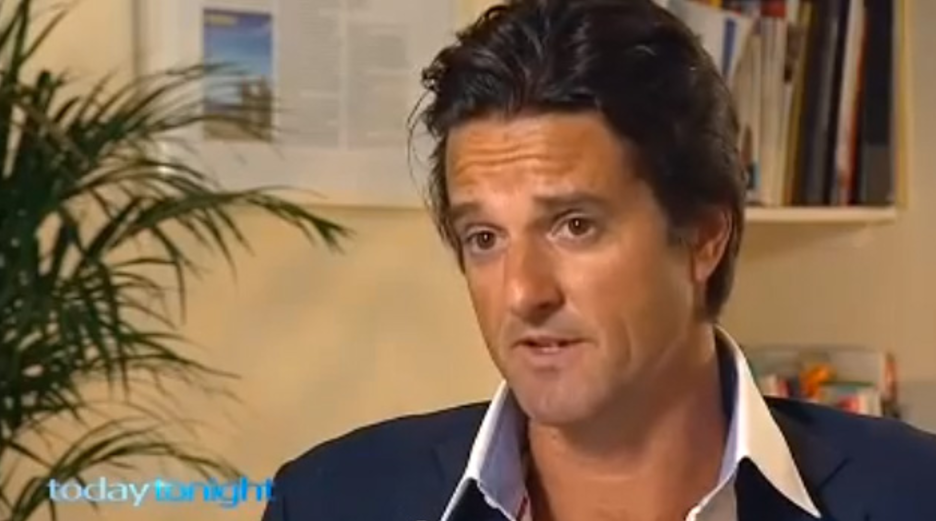Andrew Begg on Shock Advertising

Today Tonight reports on how consumers are bombarded with shock advertising – designed to frighten us to change our behaviour – and Traffic’s CEO & Creative Director, Andrew Begg, weighs in with his opinion.
Shock advertising is used all over the world, and a UK campaign to discourage young drivers from texting behind the wheel possibly took the concept too far. The ad depicted quite a bit of blood and guts, as the car full of teenage girls collided into oncoming traffic. Another even more gruesome ad, aimed at preventing young men from getting another drink at the pub, takes place in the pub toilets. It shows a female body flying through the mirror and shattering it, as if it had come through a car windscreen.
Teenagers today are a little bit smarter than that, and I think they’ll just switch off.Andrew Begg, CEO & Creative Director
He discusses how, although the ads are good from an industry perspective, they are less effective because the media is saturated with so many. As a result, people simply tune out. Andrew thinks that consumers want more engagement and entertainment, rather than being continually hit by violence.
Shock advertising brings to mind anti-smoking and drink driving campaigns that demonstrate the unpleasant or worst case scenario results of these actions. It is a tactic commonly used by the Transport Accident Commission whose most recent commercial spot, Blind, shows the consequences of taking your eyes off the road for just two seconds while driving 50 km/h. You travel 27 metres effectively blind, and the results can be disastrous.
Similarly, the ad campaign Stop Before the Suffering Starts from the Australian National Preventive Health Agency depicts the long-term suffering that smokers and their families endure. The advertisement both shocks and inspires audiences to motivate them to stop smoking. The National Tobacco Campaign hopes to contribute to a reduction in smoking from 15.9% to 10% or less by 2018.